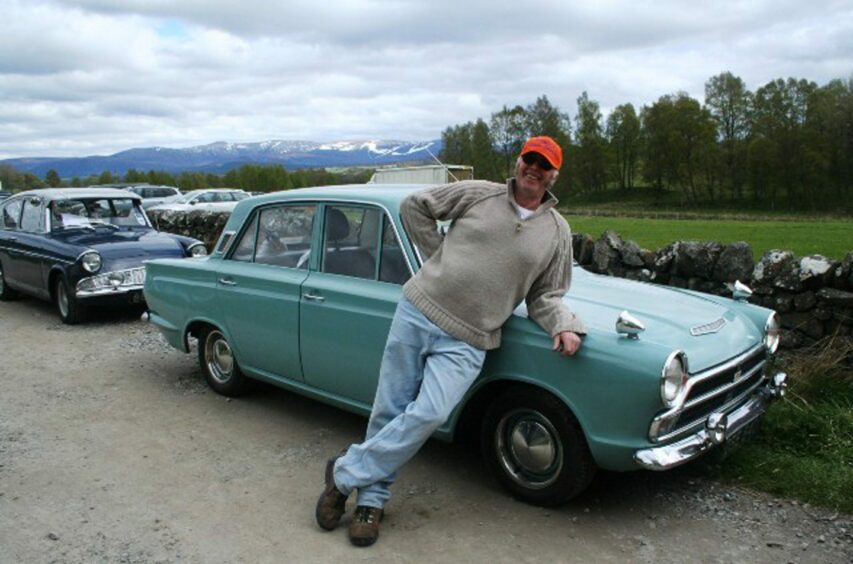
Every vehicle at Highland Folk Museum’s annual Vintage Day, from a classic car to a Raleigh chopper, has a passion behind it which has prevented it from being consigned to rust and rubbish.
The owners love to share their enthusiasm at the event, and no more so than Lawrence Sutherland who has a burning question for P&J readers to help him complete his two-decade long vehicle restoration project.
If you lived in the southern Highlands during the 70s and 80s, you might well remember Munro’s mobile shop, bringing lifeline supplies across the region with much-loved character Willie Munro at the helm.
Munro’s blue van was an entirely Scottish-built Albion Claymore, and after the advent of supermarkets forced Willie to give up his travelling trade in the 1980s, he handed it on in 1997 to Moy enthusiasts Lawrence and the late Rod Geddes with a mission to bring it back to the condition of its halcyon days.
Sadly Rod, the last chief engineer of Highland Omnibuses, died in 2021, but Lawrence has soldiered on with the project begun by the pair almost 23 years ago, dedicating one evening a week to the task.
Willie himself died in 2020, leaving Lawrence with a conundrum.
The van is back together again, unpainted, with the bare aluminium showing, but Lawrence isn’t sure of what its original signage was like.
He’s asked P&J readers to get in touch with him at lasutherland@btinternet.com if they can help, either with photographs or recollections; and it’s something he also hopes Vintage Day visitors might be able to throw light on.
He said: “The van, registration WGG 585, was built in 1959 and originally belonged to the Co-op.
“Its chassis was built in Scotstoun, Glasgow, with its body built in Rutherglen by the Co-op.
“In 1959 it was allocated to the Inverness Shore Street depot where its service is unknown.
“In 1970 it was sold to independent grocer William Munro who had a small shop in Kessock Road.
“Willie, and other members of the family, took the van to South Loch Ness, Whitebridge, Gorthleck, Dores, Kirkhill, Kiltarlity, up the Beauly Firth on the old A9, as well as going twice a week to Moy and Tomatin.
“I didn’t see the mobile shop, although I stayed in the Ferry area and remember going to Munro’s with an old oil can for paraffin.”
Munro’s van was literally a lifeline service for the small rural communities it served.
Nowhere was Willie’s dedication more apparent than in the bitter winter of 1981/82.
With Moy cut off by snow, RAF Lossiemouth helicoptered in supplies, but a bit of snow couldn’t stop Willie.
Lawrence said: “He coaxed the van through, parked on the old A9 and walked to people’s houses with their orders.”
Willie’s love of helping people
Willie’s rounds could take a while, as he’d stop along the way to help anyone having difficulties with their car.
“The timetable of the day was put to one side as he tinkered away,” said Lawrence.
Once he left the business, Willie had the van laid up, initially at Muir of Ord and latterly behind Culloden service station.
Sourcing spare parts for the restoration was far from straightforward, Lawrence says.
“It involved travels far and wide, to the Isle of Lewis, Northumberland, Wolverhampton, Manchester, Nottingham, Kirkby Steven and finally to Guernsey for the steering wheel.
“And we’re indebted to the vital assistance and support provided by auto-electrician Dave Riach and master carpenter David Matthews.”
Vintage Day is organised by avid collector Iain Wright.
He has two Ford Cortinas, 28 Raleigh Choppers, two pedal cars and lots of petroliana. His son Aaron has caught the bug and is the proud owner of three Ford Anglias.
Iain said: “It’s not just a show, the vehicles are all working, albeit some rough and ready
With 100 vehicles on display this year, it’s the biggest show yet, and a fund-raising red letter day for the Highland Folk Museum.
More than 1300 visitors are expected this year with the museum seeing tourist numbers steadily increasing and more and more coach parties arriving.
Other highlights include a glamourous Model T Ford owned by Rob Chapman of Aberlour.
The 103 year old ‘tin Lizzie’ comes from the United States, but Rob thinks it was brought to the UK and restored in the 70s.
It’s the open-top, four-seater touring version- think Laurel and Hardy.
The former RAF serviceman bought it as a retirement present for himself in 2016 as he’s loved Model Ts since he was 10 years old.
Perplexing for modern drivers
They say a Model T is easy to learn to drive on, as long as you’ve never driven anything else.
It certainly perplexes today’s drivers with its three pedals and two levers.
Not to mention lack of fuel gauge, range of about 120 miles and cruising speed of 30-35mph.
If you haven’t got enough fuel in the tank, you can’t get up hills, as its gravity-fed. Simple, you just go up backwards.
So readers, have patience if ever you come across a Model T Ford going backwards up a hill.
The vehicle was once the most common car on the roads, with more than 100 million made worldwide.
Contrary to legend, they came in different colours at the start of production.
Rob said: “Henry Ford told his customers you can have any colour as long as it’s black solely for efficiency.
“The factories had to turn them out so fast that black enamel was the only colour which dried fast enough.”
Vintage Day is at the Highland Folk Museum, Aultlarie Croft, Kingussie Road, Newtonmore on Sunday May 28 from 10am to 4pm.
More reading on vintage vehicles
PICTURES: Cars and tractors on show in Buckie Vintage Vehicle Run
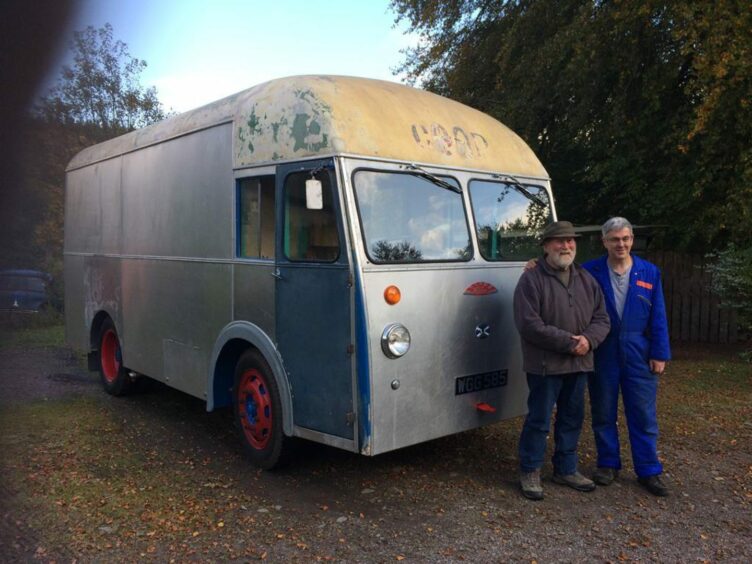
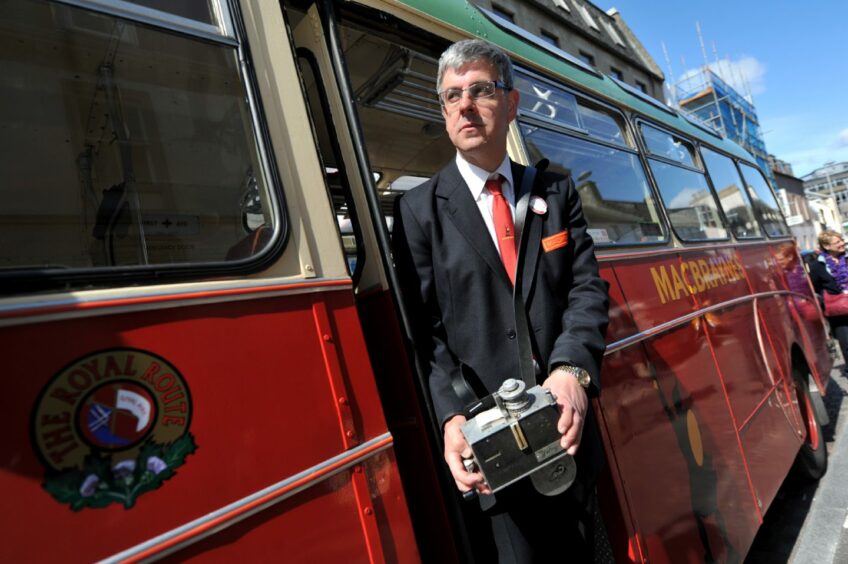
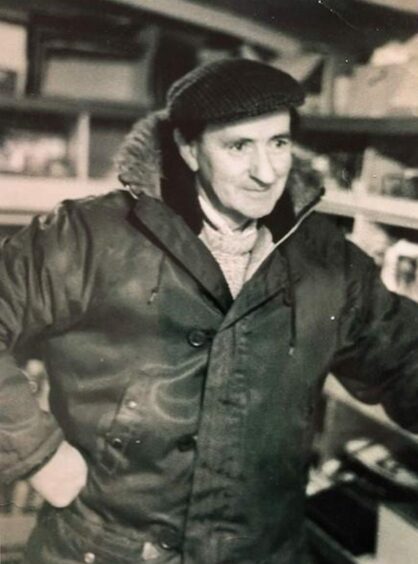
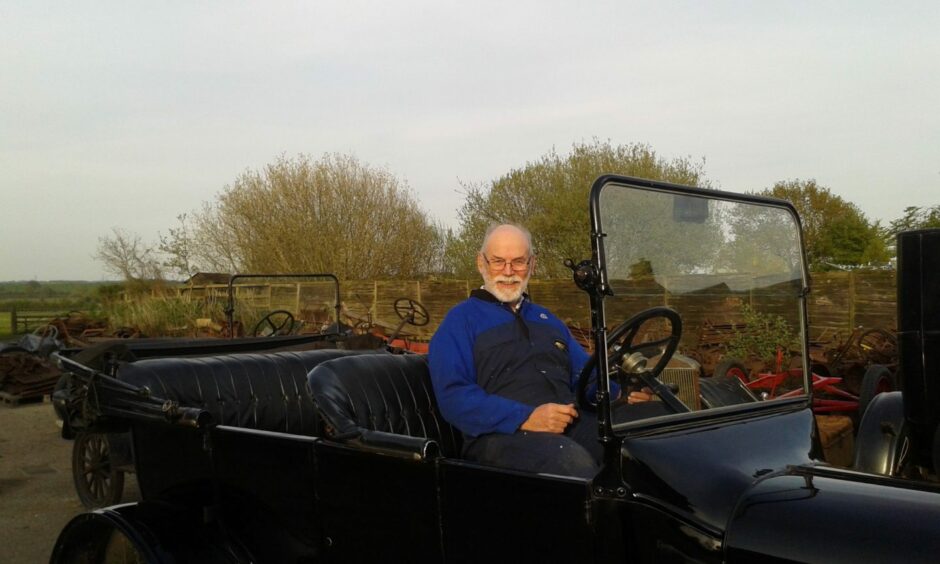
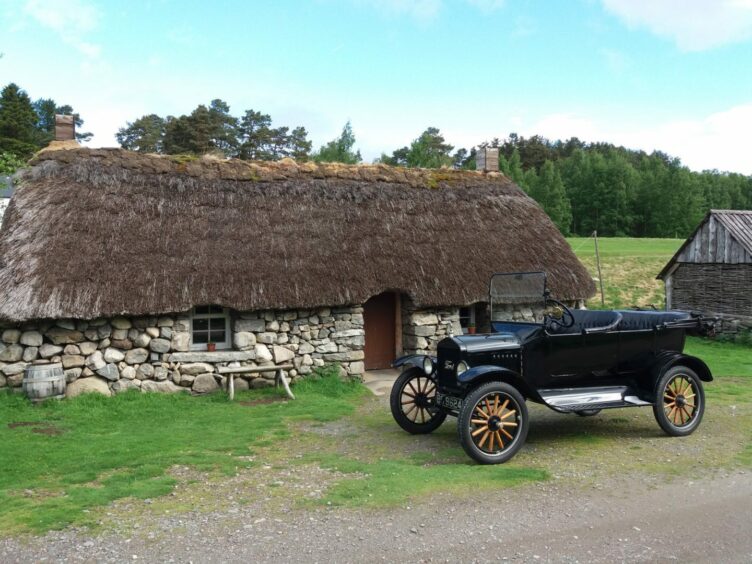
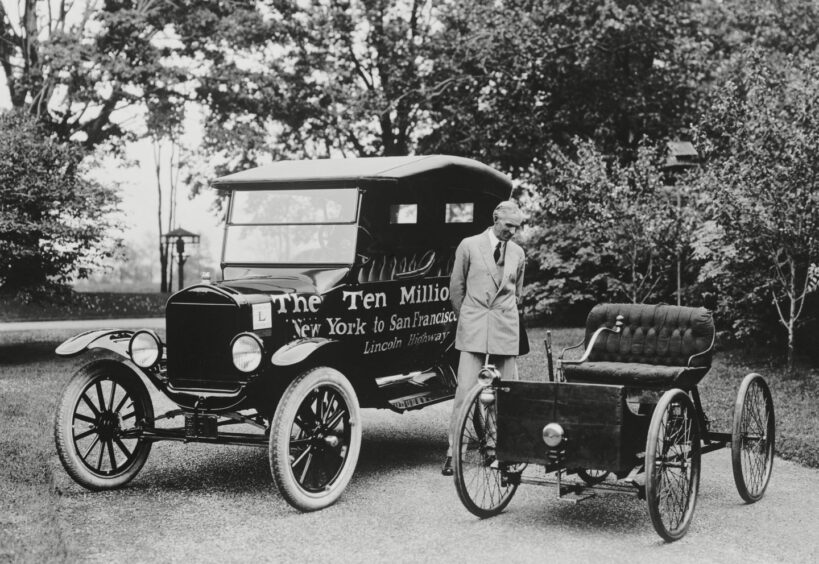
Conversation